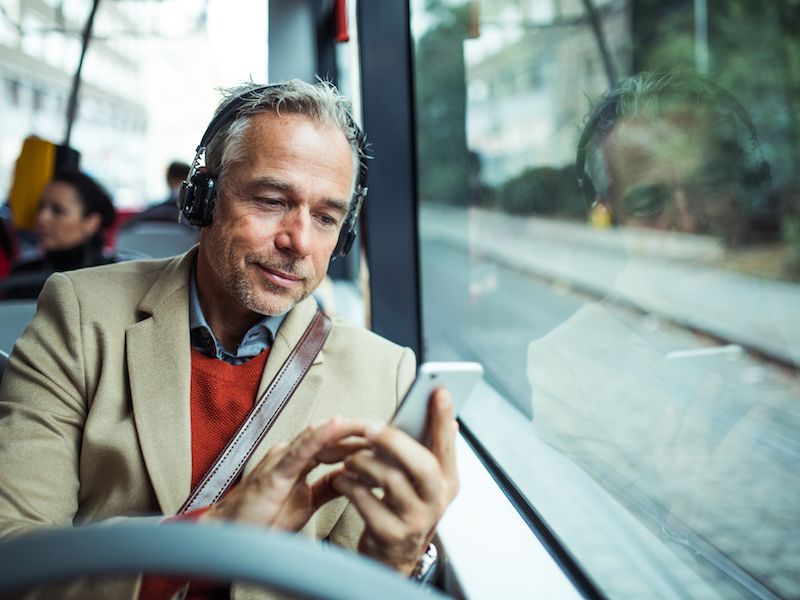
Generally, hearing loss is considered to be an issue only impacting older people – in fact, it’s estimated that around 50% of individuals who suffer from hearing loss are 75 or older. But new research reveals that younger people are at risk for hearing loss – and, alarmingly, they are losing their hearing in spite of the fact that it’s completely avoidable.
The National Foundation for the Deaf and Hard of Hearing recently carried out research on 479 freshmen across three high schools and found that there were signs of hearing loss in 34% of them. Why is this occurring? It’s suspected that it might be from earbuds and headphones connected to mobile devices. And older people are also susceptible.
What Causes Hearing Loss in People Below The Age of 60?
There’s an easy rule regarding earbud volume for teenagers and everyone else – if other people can hear your music, then the volume is too high. Damage to your hearing can develop when you listen to noises higher than 85 decibels – which is approximately the volume of a vacuum cleaner – over a long period of time. If the volume is turned all the way up on a standard mobile device it’s volume is around 106 decibels. Your hearing is injured in less than 4 minutes in these circumstances.
While you would think that this stuff would be common sense, the reality is kids spend as much as two hours every day using their devices, and normally they have their earbuds connected. They’re playing games, watching videos, or listening to music during this time. And this time is increasing every year according to current research. Studies show that smartphones and other screens stimulate dopamine generation in the brain’s of younger kids, which is exactly what addictive drugs do. Kids hearing loss will continue to increase because it will be more and more challenging to get them to put away their screens.
The Risks of Hearing Loss in Young People
Clearly, loss of hearing offers several struggles to anybody, irrespective of the age. But there are additional issues for young people regarding after school sports, job prospects, and even academics. The student is put at a disadvantage if they have a hard time hearing and comprehending concepts in class due to early hearing loss. It also makes playing sports a lot more difficult, since so much of sports entails listening to teammates and coaches give instructions and call plays. Teenagers and younger adults who are going into the workforce will have unneeded hurdles if their loss of hearing has a negative impact on their confidence.
Social struggles can also persist due to loss of hearing. Children whose hearing is damaged frequently wind up needing therapy because they have a more difficult time with their peers because of loss of hearing. People who suffer from loss of hearing can feel separated and have anxiety and depression inevitably resulting in mental health problems. Treating hearing loss in many cases must go hand-in-hand with mental health treatment, especially during the important developmental phases experienced by teenagers and kids.
How You Can Prevent Loss of Hearing?
The first rule to adhere to is the 60/60 rule – devices and earbuds should only be used for 60 minutes per day at 60% or less of the maximum volume. If your kids listen to headphones at 60% and you can still hear the music while you are near them, you should tell them to turn it down until you can no longer hear it.
You might also choose to say goodbye to the earbuds and choose the older style over-the-ear headphones. Earbuds, placed directly in the ear can actually produce 6 to 9 extra decibels in comparison to traditional headphones.
Throughout the day in general, you should do anything you can to limit your exposure to loud sound. You can’t control everything, so try and make the time you’re listening to tunes headphone-free. And, see us as soon as possible if you think you’re already suffering from hearing loss.